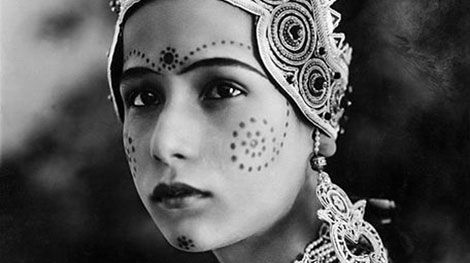In mijn editie van Concertzender‘s Wereldmineralen van 8 september jl. – te beluisteren via deze link – is muziek te horen van en door twee wereldberoemde grootmeesters van de Indiase raga, Ustad Ali Akbar Khan (1922-2009), bespeler van de sarod, de Indiase fretloze luit, en sitarspeler Ustad Vilayat Khan (1928-2004). Van deze twee gelauwerde muzikanten dook ik in mijn platenkast twee interessante lp’s op uit de jaren zestig.

De ene lp, te horen in het eerste halfuur, is het in 1968 verschenen album Flowers of Evil van sarodspeler Ali Akbar Khan in samenwerking met Yvette Mimieux (1942-2022), een Amerikaanse actrice. Yvette Mimieux draagt een aantal gedichten voor van de Franse 19e-eeuwse dichter Charles Baudelaire (1821-1867), afkomstig uit diens beroemde, in 1857 uitgegeven werk Les Fleurs du Mal, ofwel De Bloemen van het Kwaad. De voorgelezen gedichten worden met het sarodspel van Ali Akbar Khan (en het tablaspel van Mahapurush Misra) subtiel omgeven met passende ragaklanken, en dit levert een bijzonder sfeervol album op waarbij Indiase muziek en Franse poëzie wondermooi met elkaar versmelten tot unieke toongedichten.
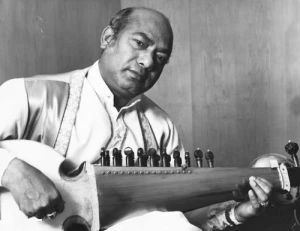
Ali Akbar Khan 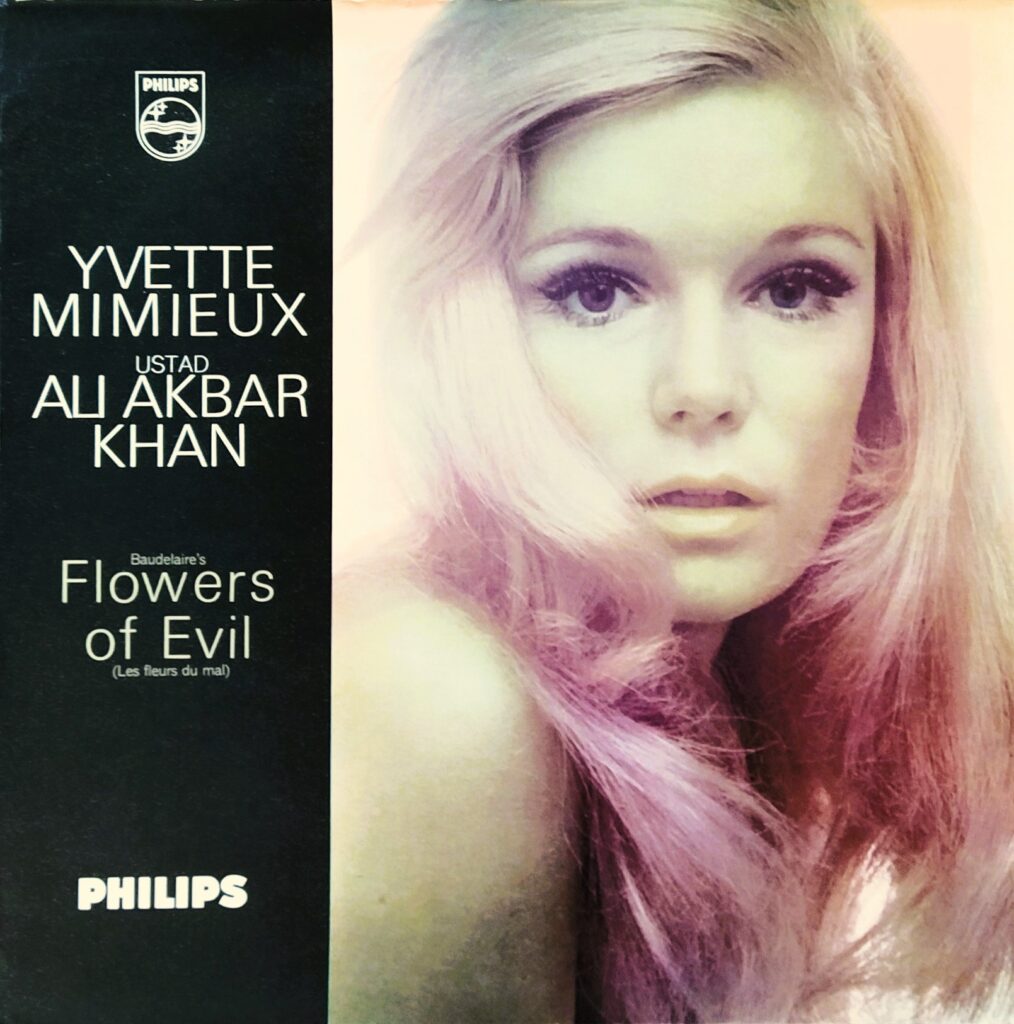
Yvette Mimieux prijkt op de front cover van de lp 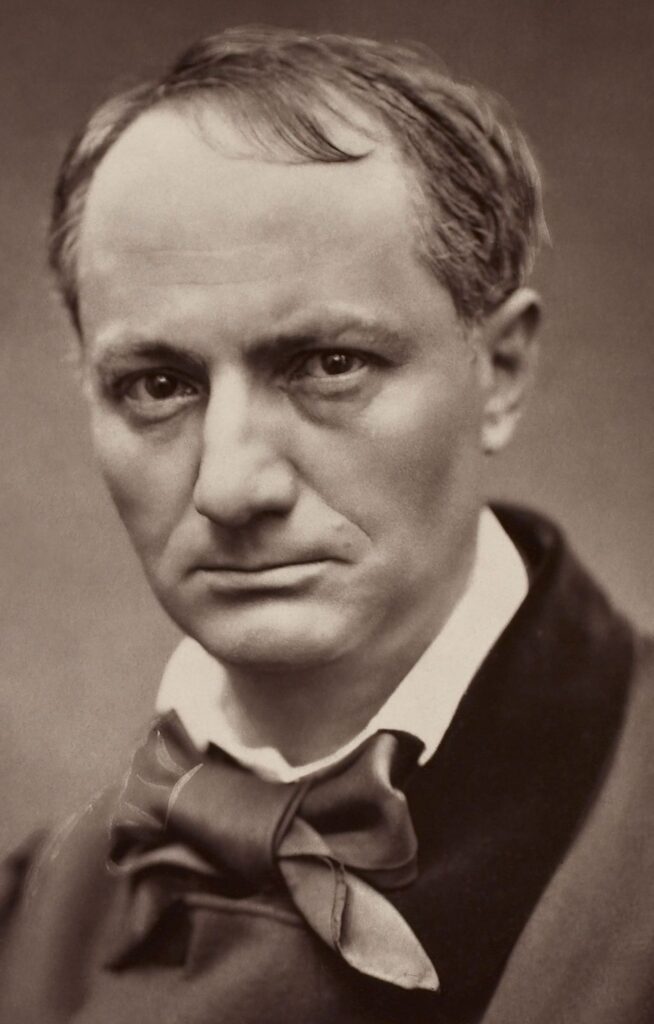
Charles Baudelaire
Aan bod in het tweede halfuur komt een lp met de soundtrack van de Amerikaans-Indiase filmkomedie The Guru uit 1969. De muziek is gecomponeerd en wordt ook deels gespeeld door sitarspeler Ustad Vilayat Khan. Het verhaal van de film doet denken aan George Harrison van The Beatles, die in de jaren zestig sitarles nam bij de beroemde sitarspeler Ravi Shankar. Zo neemt ook in The Guru een beroemde Engelse popmuzikant, genaamd Tom Pickle (gespeeld door de acteur Michael York), les bij een Indiase grootmeester op de sitar. De moraal van het verhaal komt erop neer dat de Westerse popmuzikant om werkelijk goed Indiase ragamuziek te leren spelen zich eerst volledig moet onderwerpen aan het veeleisende leersysteem van zijn Indiase goeroe.
Speellijst
To A Passer-By
A Voyage To Cythera
Murdered Woman
Episode
Componist: Ali Akbar Khan. Tekst: Charles Baudelaire.
Uitvoerenden: Ali Akbar Khan, Yvette Mimieux, Mahapurush Misra.
Album: Flowers of Evil (Les Fleurs du Mal). Label: Philips SBL 7845, P. 1968.
Tom’s Arrival / The Guru’s House / Carriage Chase
Jenny’s Theme
The Haunted Palace: Arrival / The Courtesan’s Ghost / Revels / Murder
Componist: Vilayat Khan. Uitvoerenden: Vilayat Khan e.a.
Album: The Guru (soundtrack). Label: RCA LSO-1158, C 1969.
Tom’s Boat Song
Componist: Imrat Khan. Tekst: R. Prawer Jhabvala. Uitvoerenden: Michael York e.a.
Album: The Guru (soundtrack). Label: RCA LSO 1158, C 1969.
Jenny’s Theme (2)
The Pupil And His Master: Rag Bilawal
Arrival In Benares
The Begum’s Lament
Train Journey* Jenny’s Theme (3)
Componist: Vilayat Khan. Uitvoerenden: Vilayat Khan e.a.
Album: The Guru (soundtrack). Label: RCA-LSO 1158, C 1969.
Tom’s Boat Song (Reprise)
Componist: Imrat Khan. Tekst: R. Prawer Jhabvala. Uitvoerenden: Michael York e.a.
Album: The Guru (soundtrack). Label: RCA LSO 1158, C 1969.
Concert In The Haunted Palace
Componist: Vilayat Khan. Uitvoerenden: Vilayat Khan e.a.
Album: The Guru (soundtrack). Label: RCA-LSO 1158, C 1969.
Samenstelling: Pieter de Rooij
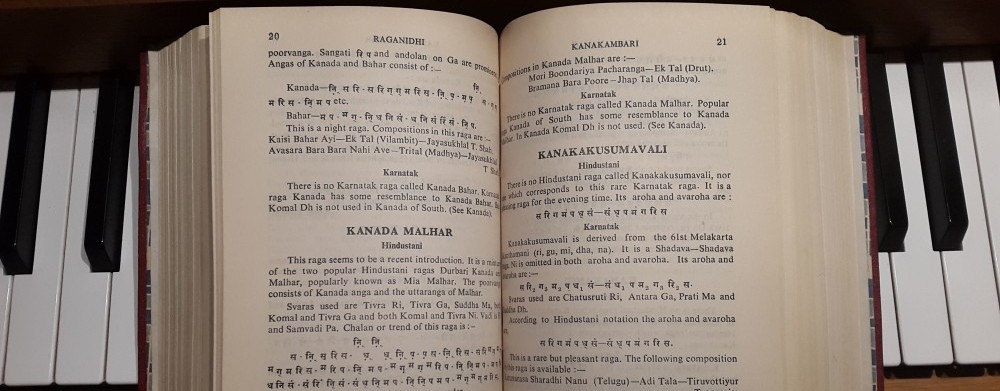
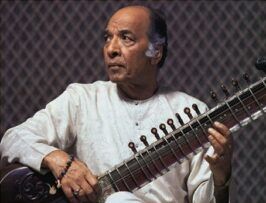
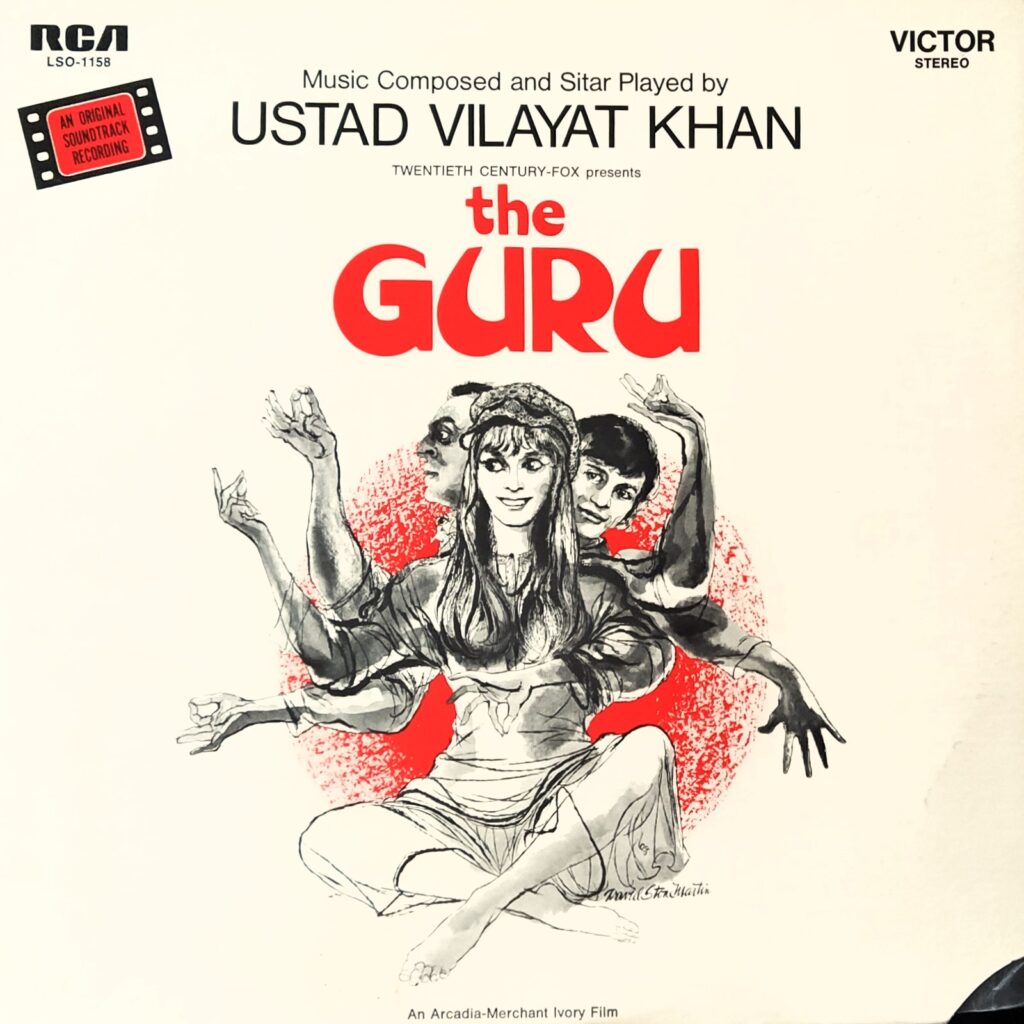
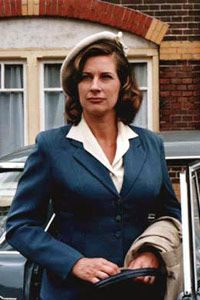 Carine Crutzen als Toos Rappange, de lerares Frans in ‘De Ziener’
Carine Crutzen als Toos Rappange, de lerares Frans in ‘De Ziener’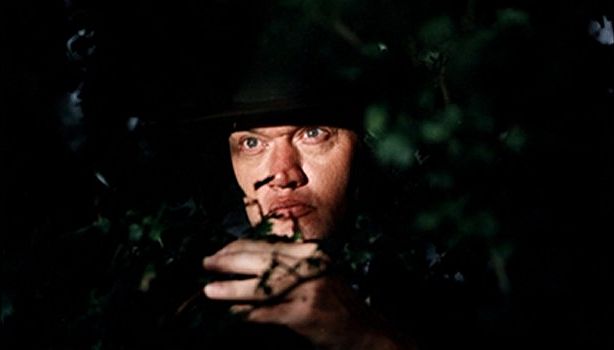 Porgy Franssen als ‘ziener’/voyeur Le Roy
Porgy Franssen als ‘ziener’/voyeur Le Roy 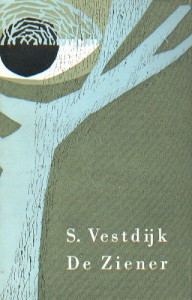 Omslag van een van de edities van de roman
Omslag van een van de edities van de roman
